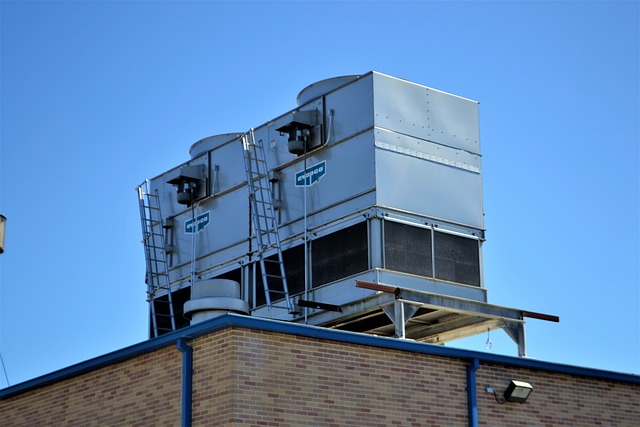Slate roofing in Westfield, MA, offers historical charm but demands meticulous care. Regular inspections are vital to prevent damage and maintain structural integrity. Key aspects include assessing roof condition, sealing, drainage, and attic ventilation. Professionals use advanced tools for thorough examinations, identifying issues early. Common problems like water penetration and moss growth require prompt maintenance. Detailed documentation and clear communication enhance the efficiency of slate roofing maintenance in Westfield, MA.
In Westfield, MA, where historic homes boast unique slate roofing, regular and precise inspections are vital to preserve these assets. This article guides you through the essential aspects of slate roof inspections, from understanding this traditional material’s allure to mastering techniques for thorough evaluations. Learn about critical components to examine, tools that enhance accuracy, common issues, and best practices for clear communication of findings, ensuring your slate roofing remains in peak condition.
- Understanding Slate Roofing: A Unique Asset in Westfield MA
- The Importance of Regular Inspections for Slate Roofs
- Essential Components to Focus On During An Inspection
- Tools and Techniques for Conducting Precise Slate Roof Inspections
- Common Issues Found in Slate Roofs and How to Address Them
- Best Practices for Documenting and Communicating Inspection Findings
Understanding Slate Roofing: A Unique Asset in Westfield MA
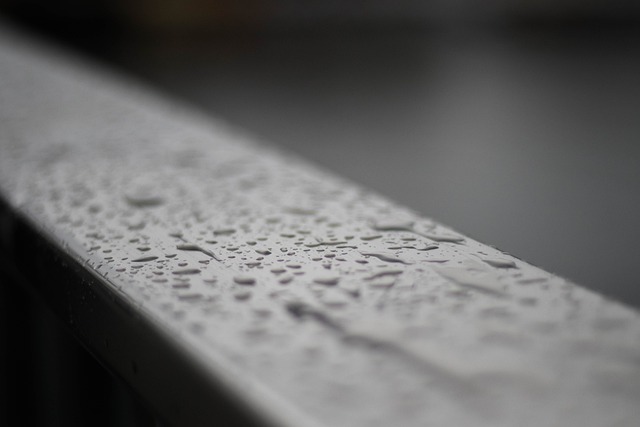
In Westfield, MA, understanding slate roofing is essential for property owners and maintenance professionals alike. This unique asset, characterized by its durability and distinctive aesthetic appeal, has been a cornerstone of the town’s historic architecture. Slate roofs, known for their longevity, offer not just a robust protective layer against harsh weather but also contribute to the area’s charming character. Their intricate installation and meticulous maintenance requirements make them a specialized craft, demanding precision focus during inspections.
When conducting thorough inspections of slate roofing in Westfield MA, professionals must look beyond visual appearances. The structure’s integrity depends on proper sealing, joist condition, and the overall alignment of each slate tile. Given the material’s fragility, even minor issues like loose or damaged slates can lead to significant problems if left unaddressed. Therefore, a meticulous eye for detail is crucial, ensuring every aspect of the roof is evaluated accurately.
The Importance of Regular Inspections for Slate Roofs
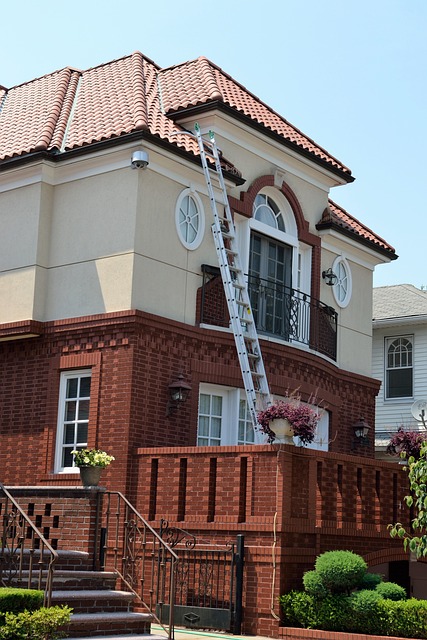
Regular inspections are paramount for maintaining the integrity and longevity of slate roofs, a specialty often seen in Westfield, MA. This type of roofing is renowned for its durability and aesthetic appeal but requires meticulous care to prevent damage caused by weather, age, or improper installation. A comprehensive inspection allows for early detection of issues like missing or broken slates, signs of water intrusion, or weak underlayment—all potential problems that can lead to costly repairs if left unchecked.
By scheduling routine checks, homeowners and property managers in Westfield, MA, can ensure their slate roofs remain in optimal condition. These inspections provide an opportunity to address minor issues before they escalate, preserving the roof’s structural soundness and saving money in the long term. Regular maintenance also ensures that the unique beauty of a slate roof is preserved, enhancing the overall curb appeal of the property.
Essential Components to Focus On During An Inspection
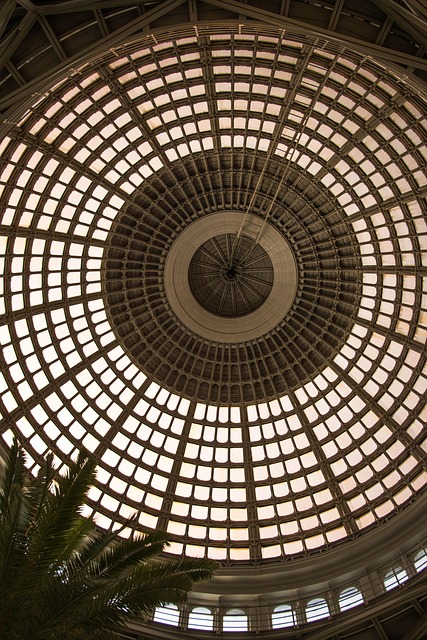
When conducting thorough inspections, especially for Slate Roofing Westfield MA, pay meticulous attention to several key components. Firstly, assess the overall condition and integrity of the roof. Check for any signs of damage, missing or damaged shingles, or structural weaknesses. Inspect the flashings around chimneys and vents for proper sealing, as these areas are common points of leaks.
Secondly, verify the drainage system by examining gutters and downspouts for clogs or misalignments. Ensure water is flowing freely away from the foundation to prevent erosion and moisture intrusion. Look into the attic space for signs of mold, insulation damage, or inadequate ventilation—all indicators of potential roof and structural issues. Regular focus on these essential components during inspections ensures the longevity and reliability of your Slate Roofing Westfield MA.
Tools and Techniques for Conducting Precise Slate Roof Inspections
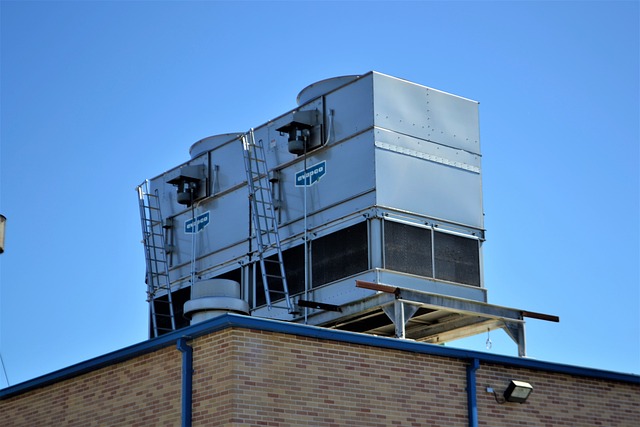
When it comes to inspecting slate roofing in Westfield, MA, professionals rely on a combination of specialized tools and meticulous techniques to ensure accuracy and safety. The first step involves utilizing high-quality, magnifying inspection goggles to protect against sharp edges and debris while enabling close examination of each tile’s condition. A detailed visual assessment is crucial, paying particular attention to signs of cracking, splitting, or delamination.
Additionally, inspectors employ laser measurements for precise dimensioning and angle calculations, ensuring exact positioning during repairs. Moisture meters are also invaluable tools for identifying potential leaks or water damage beneath the slate surface. By integrating these methods, Westfield’s slate roofing inspections become thorough, enabling prompt identification and resolution of issues, ultimately preserving the longevity and aesthetic appeal of these durable roofs.
Common Issues Found in Slate Roofs and How to Address Them
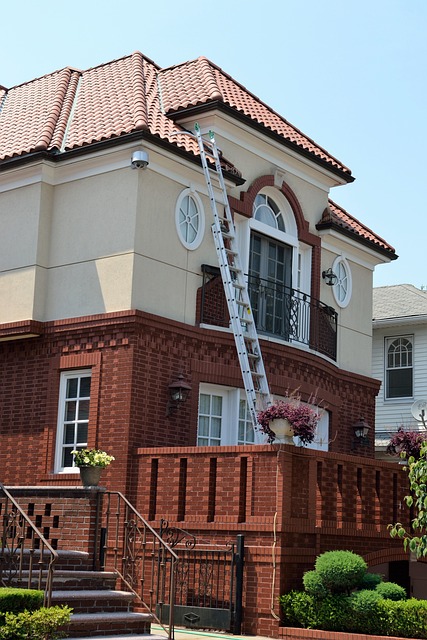
Slate roofs, while renowned for their durability and aesthetic appeal in Westfield, MA, are not immune to common issues that can compromise their integrity over time. One of the most frequent problems is damage caused by water penetration, often resulting from broken or missing slates, defective flashing, or poor sealing around chimneys and vents. Such intrusions can lead to moss and lichen growth, which not only detracts from the roof’s beauty but also contributes to structural deterioration by weighing down individual slate tiles.
Addressing these issues requires a meticulous approach. For water intrusion, inspect for loose or missing slates and replace them promptly. Ensure all flashing is securely in place and sealed properly around critical areas. Regular cleaning to remove moss and lichen buildup, coupled with re-sealing, can mitigate their detrimental effects. Regular maintenance, including seasonal inspections, is key to preserving the integrity and longevity of slate roofs in Westfield MA, ensuring they maintain their striking visual appeal for years to come.
Best Practices for Documenting and Communicating Inspection Findings
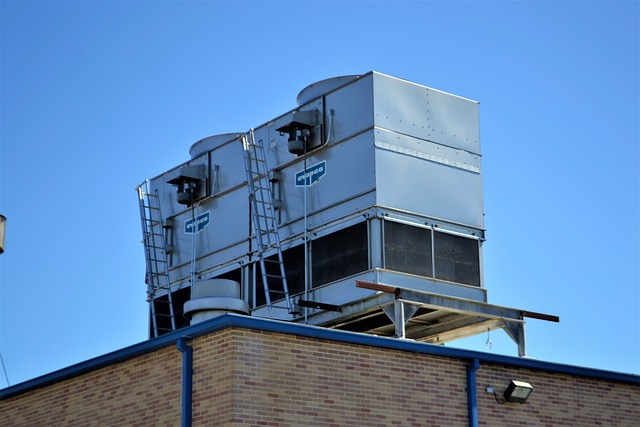
When conducting inspections, especially for Slate Roofing Westfield MA, meticulous documentation and clear communication are paramount to ensure all findings are accurately recorded and effectively conveyed. The best practice is to use a standardized, digital inspection report template that includes detailed sections for each aspect of the roof examination. This method ensures consistency across all inspections and makes it easier to compare data over time. High-quality digital images of any issues or damage should be included with clear annotations indicating the specific problem areas.
Additionally, establishing a structured communication protocol is vital. After the inspection, a detailed report should be promptly sent to all relevant stakeholders, including property owners and maintenance teams. Key findings should be highlighted, categorizing them based on severity and priority. This organized approach facilitates informed decision-making and ensures that no critical issues are overlooked, thereby enhancing the overall integrity of the slate roofing system in Westfield MA.
Slate roofing, a timeless and distinctive feature in Westfield MA, requires meticulous care. Regular inspections are paramount to preserving its beauty and longevity. By focusing on key components, utilizing the right tools, and adopting best practices for documentation, homeowners can ensure their slate roofs remain in excellent condition. Understanding common issues and addressing them promptly is essential, allowing for the efficient maintenance of this unique asset and ensuring a safe, aesthetically pleasing environment for years to come.
